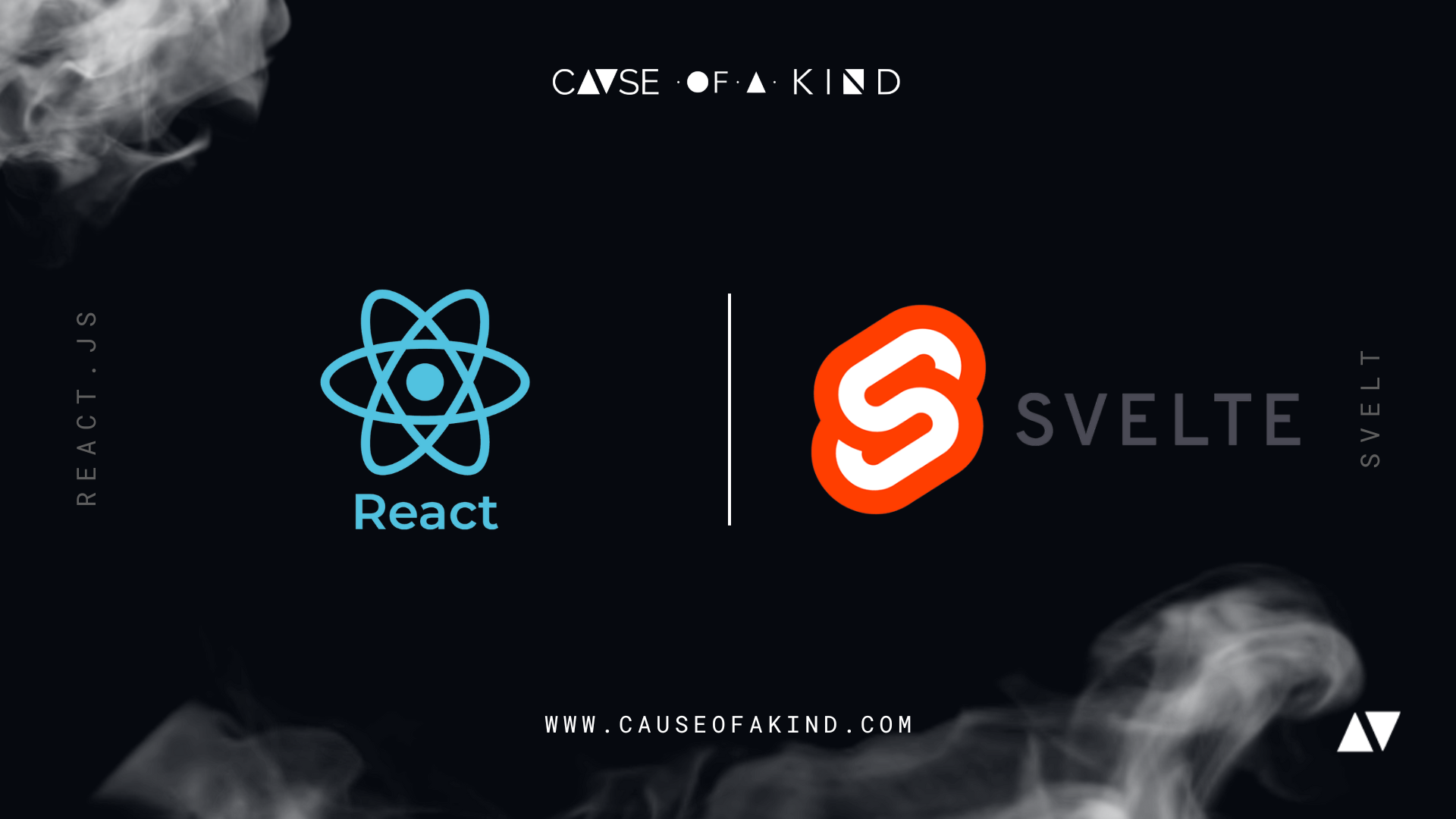What is the difference between React.js and Svelte?
2023-02-16
React.js and Svelte are two popular JavaScript frameworks used for building web applications. Both frameworks have their own strengths and weaknesses, and developers often choose one over the other based on their requirements. In this article, we will compare React.js and Svelte in terms of their differentiating features, shortcomings, community documentation, and future trends.
Differentiating Features
React.js is a component-based framework, meaning that applications are built using a series of reusable components. These components are independent of each other, which makes them easy to maintain and test. React.js uses a virtual DOM (Document Object Model) to keep track of the state of the application, and it updates the real DOM only when necessary. This approach makes React.js very fast and efficient.
On the other hand, Svelte is a compiler-based framework that converts your application code into highly optimized JavaScript code. This means that Svelte does most of its work at build time, rather than runtime. Svelte is known for its simplicity and ease of use, and it is often preferred by developers who want to build lightweight applications with minimal overhead.
Shortcomings
One of the major shortcomings of React.js is that it can be challenging to learn, especially for developers who are new to the framework. The learning curve can be steep, and it can take some time to understand the various concepts and best practices associated with React.js. Additionally, React.js can be quite verbose, which can make it difficult to read and understand code, especially when working with large projects.
Svelte, on the other hand, has a relatively small community compared to React.js, which means that there may be fewer resources available for developers who run into problems. Additionally, Svelte is a relatively new framework, and it may not be suitable for large-scale applications with complex requirements.
Community Documentation
React.js has a large and active community, which means that there are plenty of resources available for developers who want to learn the framework or troubleshoot issues. There are many online forums, blogs, and tutorials available, as well as a wide range of third-party libraries and tools that can be used with React.js.
Svelte, on the other hand, has a smaller community, but it is growing rapidly. There are several online forums and chat groups available, as well as an active GitHub repository where developers can contribute to the framework and report issues. Svelte also has an official website that provides comprehensive documentation and tutorials for developers who want to get started with the framework.
Future Trends
React.js has been around for several years and has become one of the most popular JavaScript frameworks for building web applications. React.js is constantly evolving, and new features and improvements are regularly added to the framework. React.js has also gained popularity outside of the web development community, with libraries like React Native being used to build mobile applications.
Svelte, on the other hand, is a relatively new framework that has gained popularity in recent years. Svelte is designed to be lightweight and easy to use, and it is well-suited for building small to medium-sized applications. However, Svelte may not be suitable for large-scale applications with complex requirements, and it may not have the same level of community support as React.js.
Conclusion
In conclusion, both React.js and Svelte have their own strengths and weaknesses, and the choice between the two depends on the requirements of the project. React.js is a powerful and widely used framework with a large community and a wealth of resources available. Svelte, on the other hand, is a lightweight and easy-to-use framework that is ideal for building small to medium-sized applications.
When choosing between React.js and Svelte, it is important to consider the requirements of the project, the level of community support available, and the skills and experience of the development team.
Written by ChatGPT




